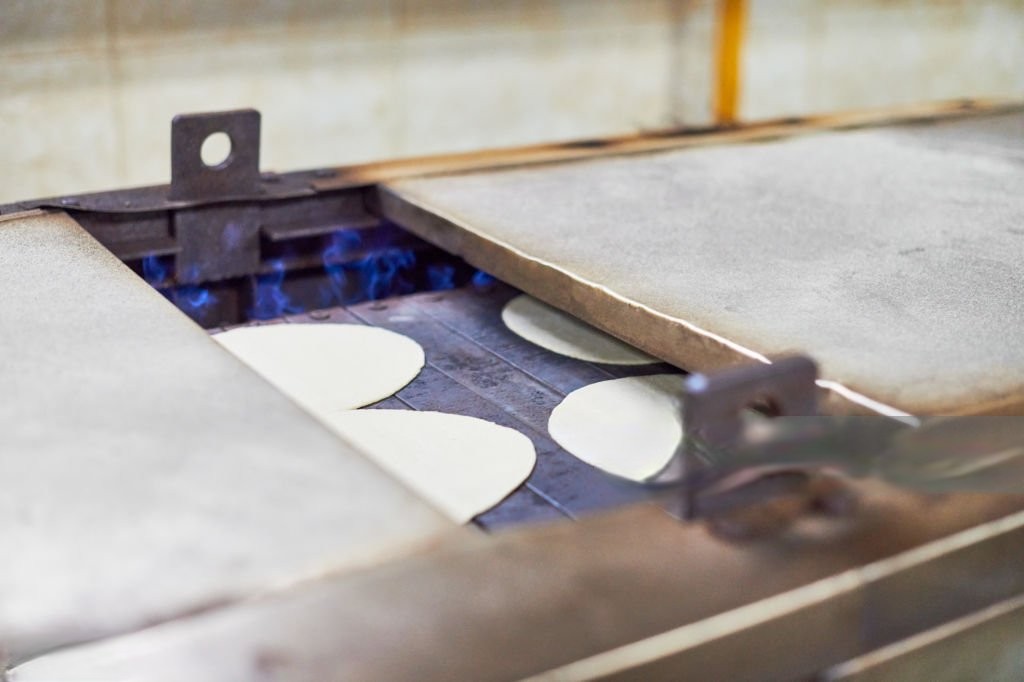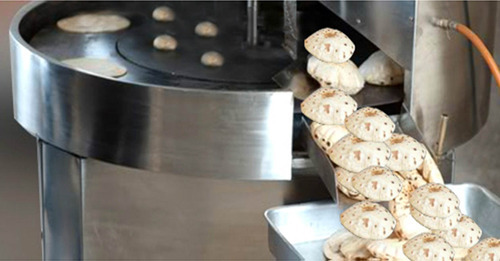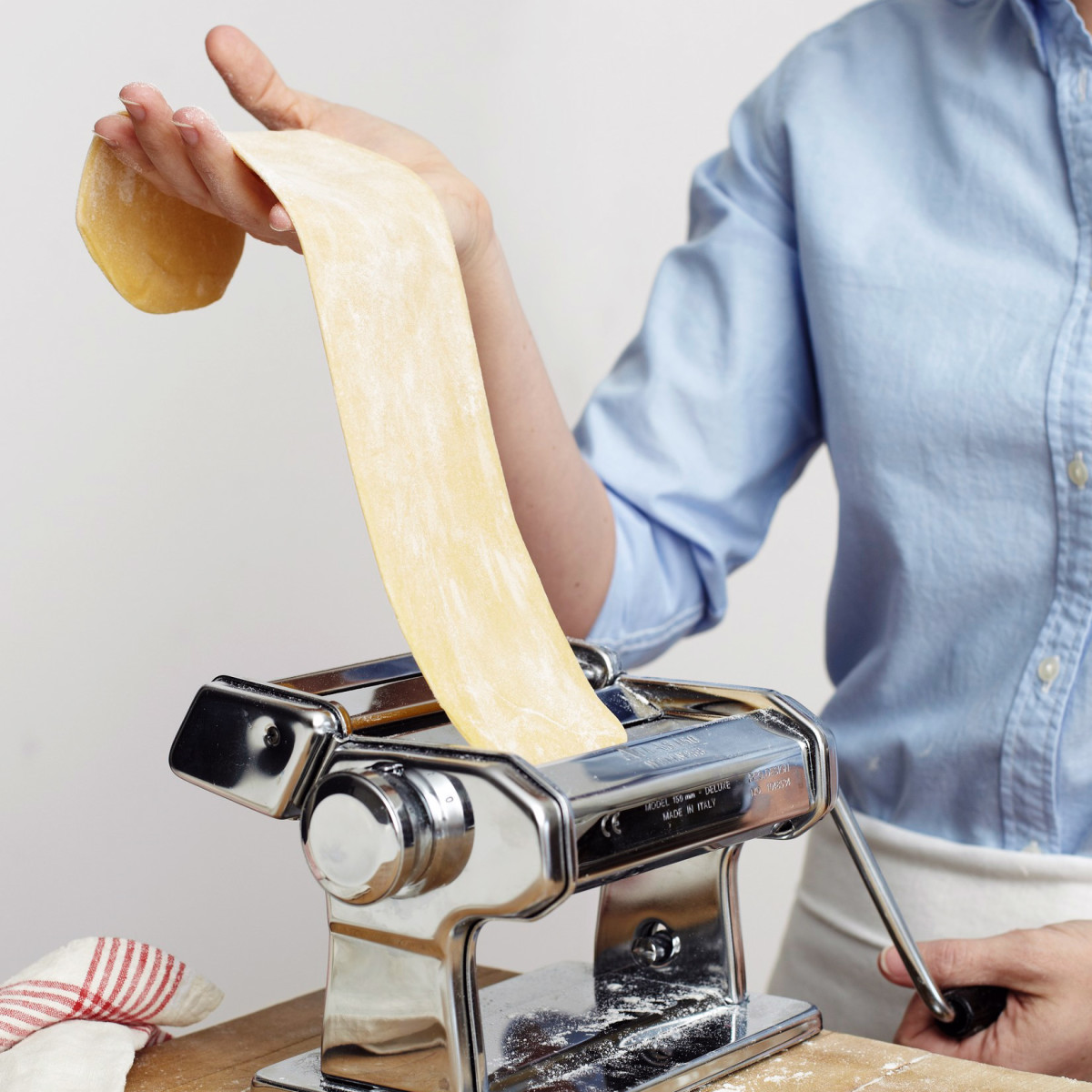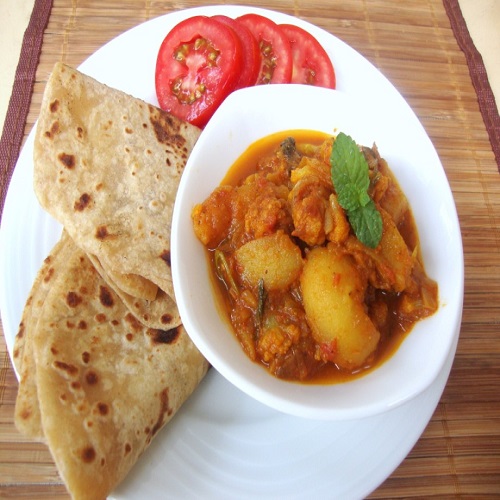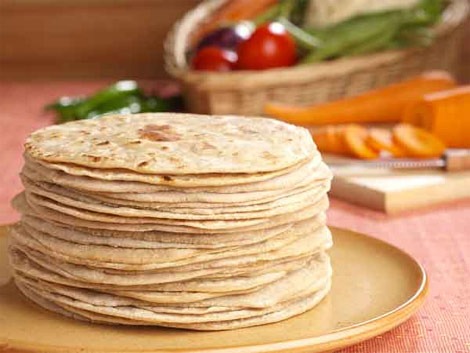The ‘Chapati’, also known as the ‘Roti,’ is a humble and versatile flatbread that rests at the heart of South Asian cuisine. Chapati has been a staple food in households and restaurants across the region for generations. Traditionally, preparing Chapati has been a slow process. However, with the advent of technology, making Chapatis has become a lot simpler and quicker. Chapati making machines have become a game-changer in the industry. The efficiency and precision with which these machines operate has transformed the process exponentially. Through this article, let us take a look at how chapati making machines have changed the game.Before we talk about the machines, let’s take a look at the actual chapati making process. Making chapatis is a manual task that is labor-intensive and time-consuming. The dough for the flatbread needs to be meticulously kneaded, then it is split into equal portions and each ball is rolled out flat to make one chapati. This method is tried and tested and has been the most efficient way to make chapati for ages. However, this method struggles to keep up with the escalating demand and pace of life in the modern age.Chapati making machines can churn out a large volume of chapatis in a short period of time. These machines automate the entire process from the kneading to the rolling, and are able to produce near-perfectly round discs each and every time. The whole process is reduced to the simple pushing of a few buttons which in turn generate a large volume of chapatis per minute. This rapid pace significa ntly increases productivity and streamlines the act of chapati-making for commercial settings.
Uniformity is a major quality factor in the food production industry. That is where chapati machines excel. With the push of a button these machines can push out a significant quantity of perfectly round and consistent chapatis. When made by hand, chapatis tend to stray from being uniform in their thickness, shape and texture. However, with the machines at work, the end product is guaranteed to be consistent for consumers and chefs alike.Maintaining utmost hygiene and safety is crucial within the food production industry. Chapati making machines are thoughtfully engineered with easily cleanable and maintainable components. By doing so, the risk of contamination is minimized, guaranteeing the safe production of Chapatis fit for consumption.By automating the process of making chapatis, businesses can efficiently reduce their labor costs. Traditional chapati producing methods require skilled chefs or cooks. Chapati making machines, however, require minimal human intervention, freeing up manpower for other essential tasks.Modern chapati making machines are designed to be energy-efficient and reduce waste. With optimized production processes and reduced manual handling, these machines contribute to a greener and more sustainable food production ecosystem.

